Our History
NOAA’s precursor, the Environmental Science Services Administration, made a decision to put a national laboratory and a ship base somewhere on the East Coast. In 1967, Miami was selected out of more than 120 sites and the initial process began. The ESSA broke ground in 1970 and construction was completed in 1972. AOML has since dedicated its resources building one of the most prolific research profiles on coastal and ocean science. In addition, we have hosted and been home to scientists who have contributed greatly to our field, including some who are still pushing the boundaries of our science today. See history at AOML unfold below with photos, notes from former members, leadership history, and more.
Our History
NOAA’s precursor, the Environmental Science Services Administration, made a decision to put a national laboratory and a ship base somewhere on the East Coast. In 1967, Miami was selected out of more than 120 sites and the initial process began. The ESSA broke ground in 1970 and construction was completed in 1972. AOML has since dedicated its resources building one of the most prolific research profiles on coastal and ocean science. In addition, we have hosted and been home to scientists who have contributed greatly to our field, including some who are still pushing the boundaries of our science today. See history at AOML unfold below with photos, notes from former members, leadership history, and more.
A Legacy of Leadership
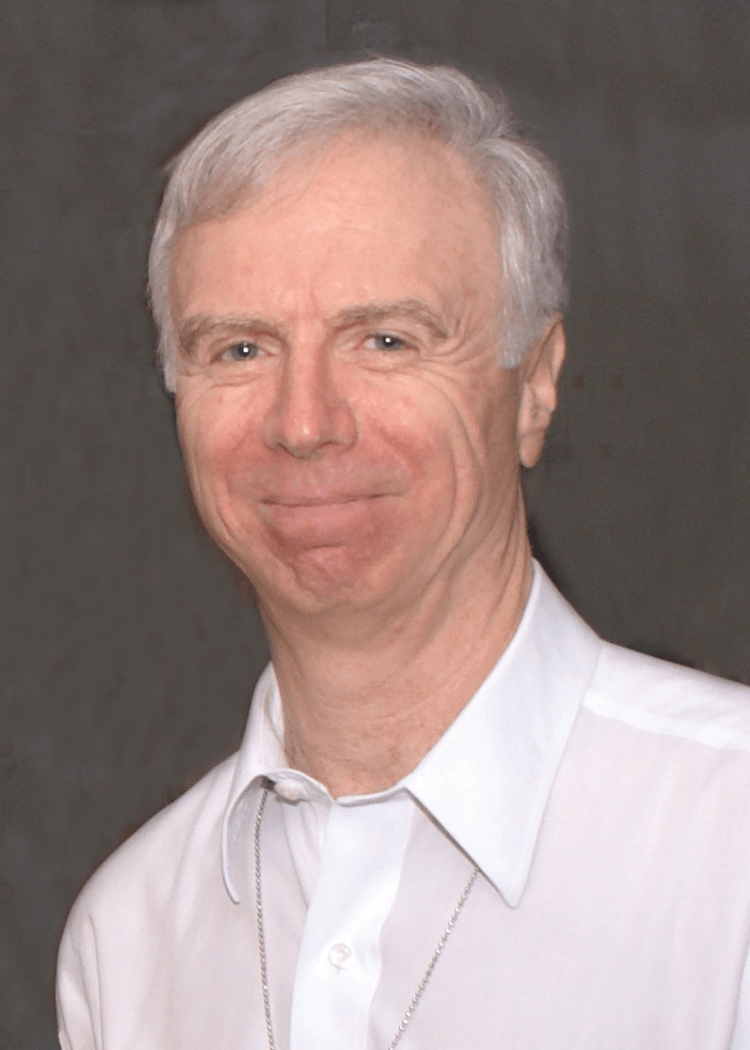
Robert Atlas, Ph.D.
2005-2019
Dr. Robert Atlas retired as the Director of the National Oceanic and Atmospheric Administration’s (NOAA) Atlantic Oceanographic and Meteorological Laboratory in March 2019. In addition to managing the laboratory, Dr. Atlas was the director of NOAA’s Quantitative Assessment of Observing Systems Program and is a world expert in the use of Observing System Simulation Experiment (OSSE) systems for weather and oceans applications, a technology that enables scientists to determine the quantitative value of new observing systems before funds are allocated for their development. Dr. Atlas maintains an active research portfolio focusing on the prediction, movement and strengthening of hurricanes using satellite data and computer models as a means to study these hurricane behaviors.
Dr. Atlas received his Ph.D. in Meteorology and Oceanography in 1976 from New York University. Prior to receiving the doctorate, he was a weather forecaster in the U.S. Air Force where he maintained greater than 95 percent forecast accuracy. From 1976 to 1978, Dr. Atlas was a National Research Council Research Associate at NASA’s Goddard Institute for Space Studies, New York, an Assistant Professor of Atmospheric and Oceanic Science for SUNY and Chief Consulting Meteorologist for the ABC television network.
In 1978, Dr. Atlas joined NASA as a research scientist. He served as head of the NASA Data Assimilation Office from 1998-2003, and as Chief meteorologist at NASA GSFC from 2003-2005. Dr. Atlas has performed research to assess and improve the impact of satellite temperature sounding and surface wind data since 1973. He was the first person to demonstrate the significant impact of quantitative satellite data on numerical weather prediction. Dr. Atlas is a recipient of the NASA Medal for Excellence in Scientific Achievement and a Fellow of the American Meteorological Society.
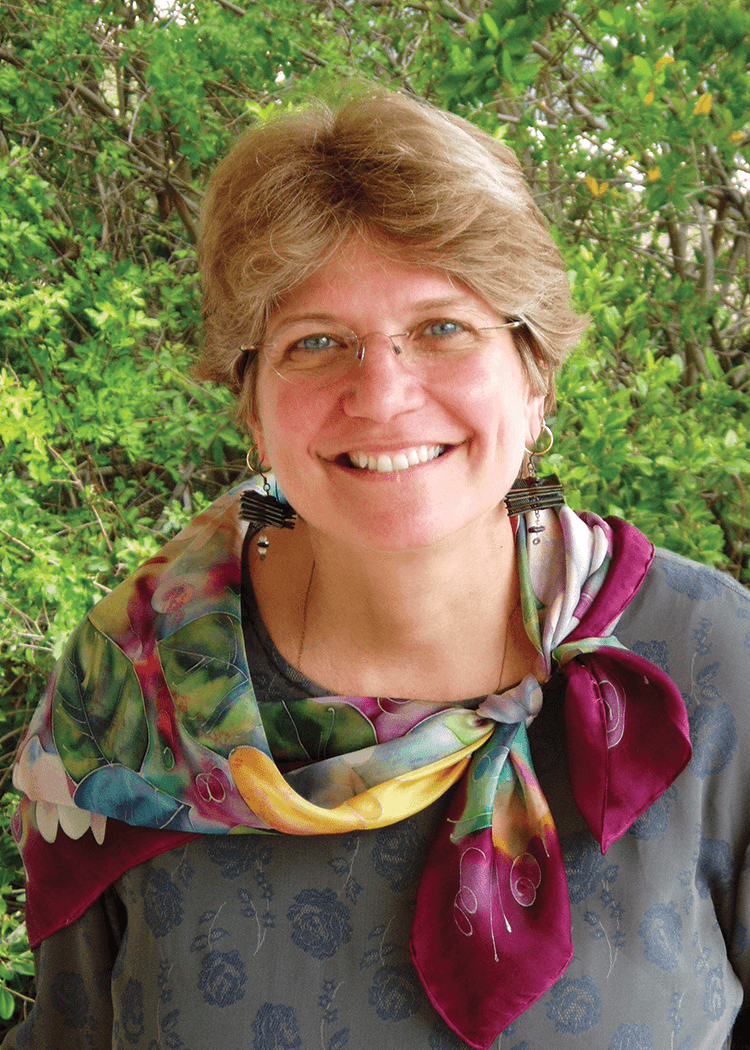
Ms. Judith Gray
2004-2005
Judith Gray received her Bachelor of Science in Meteorology and certificate in Marine Sciences from Pennsylvania State University in 1978. She earned her Master of Science Degree in Atmospheric Sciences in 1983 from the University of Washington. She began her career as a research Meteorologist at the Pacific Marine Environmental Laboratory in Seattle, Washington studying Alaska coastal winds, mesoscale atmospheric variability, Pacific climatology and computer and statistical data analysis, among other subjects.
In 1992 she completed a one-year rotation in the Office of the Deputy Under Secretary for Oceans and Atmosphere with NOAA, and then relocated to Silver Spring, Maryland to serve as Acting Deputy Director for the Environmental Research Laboratories at NOAA’s the Office of Research. After that, she became the GLOBEC Program Manager working closely with NSF to manage a $7.5m multi-agency program to improve fisheries resource management. She became the Coastal Forecast System Program Manager for the Coastal Ocean Program in Silver Spring in 1995 in order to improve NOAA’s coastal forecasting capabilities for coastal winds, water, and air and sea temperatures on a region-by-region basis. She specialized in program design and promotion, funding solicitation and coordination of research.
In 1998 she became the Deputy Director of AOML where she managed a $15m research budget with 150 employees studying climate monitoring and prediction, hurricane dynamics and forecasting, oceanic and atmospheric chemistry, and ocean acoustics. She also managed the Facility, Administration, and Computer Networks and Services Divisions. She became acting director of AOML in 2004 and served until 2005.
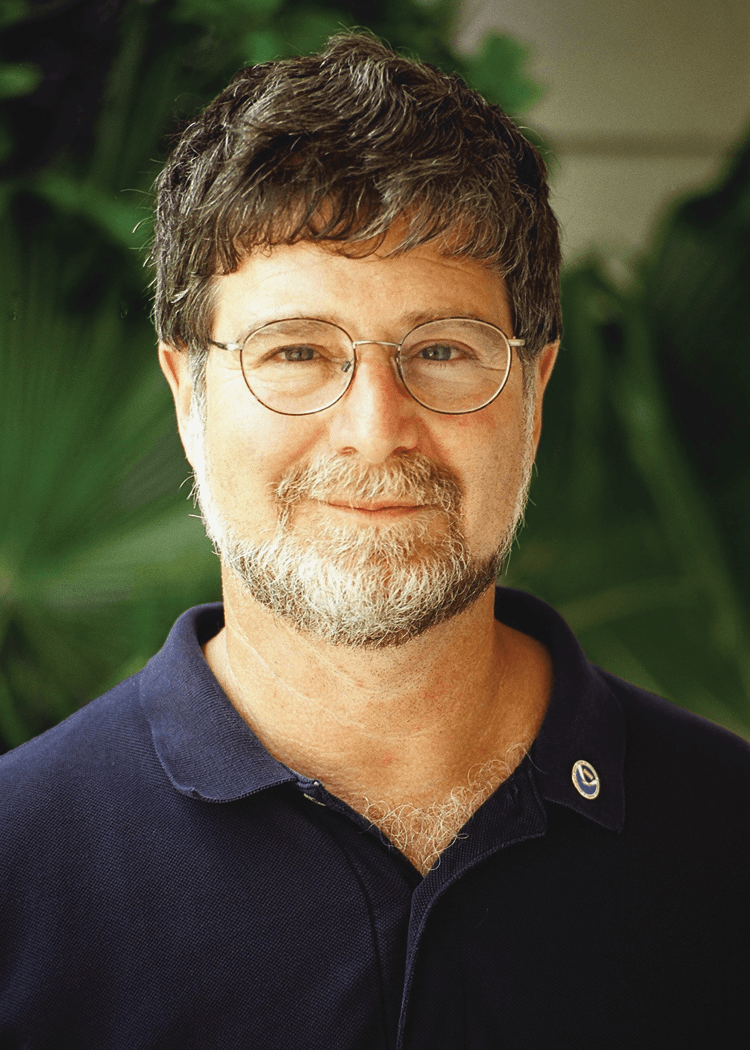
Peter B. Ortner, Ph.D.
2003-2004
Peter Ortner worked as a research oceanographer for 27 years at NOAA’s Atlantic Oceanographic and Meteorological Laboratory in Miami, Florida. He served as the Laboratory’s Chief Scientist. Ortner holds a Ph.D. degree in biological oceanography from Woods Hole Oceanographic Institution (1978), a J.D. degree in environmental law from the University of Miami’s School of Law (1992), and a B.A. degree from Yale University (1970).
Ortner’s research focused primarily on biological oceanography and innovative sampling techniques of larval fish and zooplankton. His research also examined the water current structure and chemistry as it relates to the movement and migration of these species. As a NOAA scientist, Ortner’s most recent studies centered on South Florida’s coastal ecosystem and future changes as a result of upstream human impacts from South Florida communities and water management practices.
He served as the Federal Chairman of the Florida Bay Interagency Science Program and was a lead member in the Comprehensive Everglades Restoration Plan (CERP)/South Florida Everglades Restoration Teams charged with assessing restoration implementation efforts and their effects upon the coastal ecosystem.
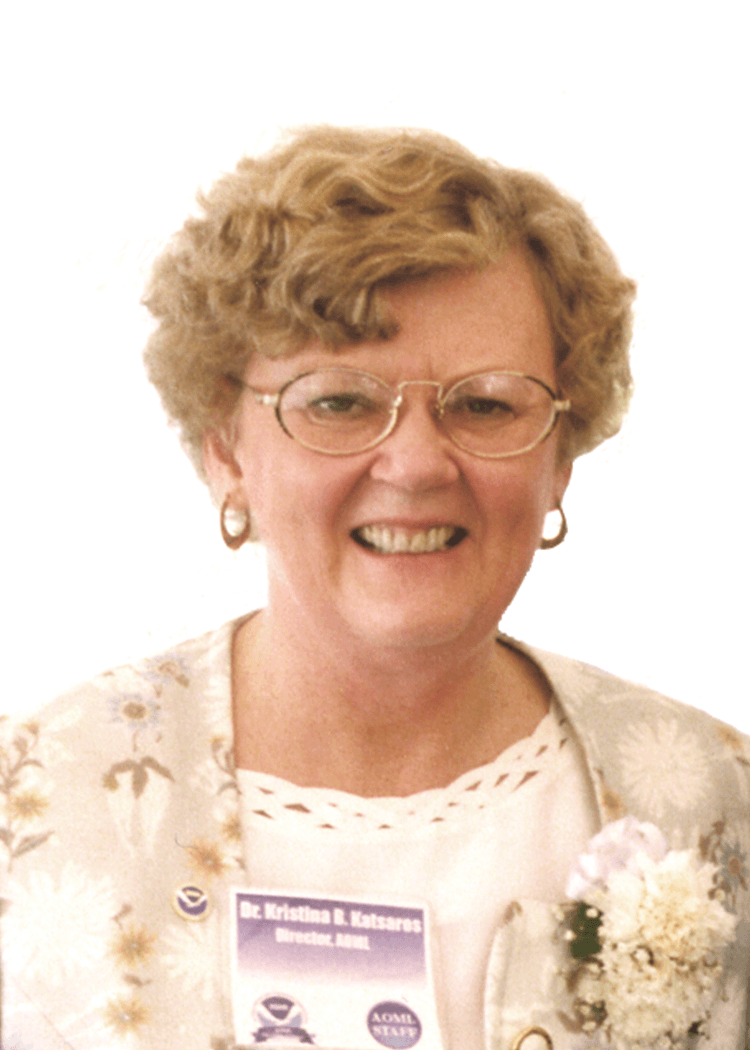
Kristina B. Katsaros, Ph.D.
1997-2003
Kristina B. Katsaros spent 20 years as a faculty member of the Department of Atmospheric Sciences at the University of Washington and 5½ years as Director of the Department of Oceanography from Space at Insitut Francais de Recherch pour l’Exploitation de la Mer (IFREMER) in France. Her scientific pursuits include all aspects of air-sea interaction: turbulent and radiative fluxes, wave generation, surfactant effects, and a thesis project on the effects of rain on the upper ocean. She has performed laboratory as well as field experiments.
Since the launch of the SEASAT satellite in 1978, she has also employed active and passive microwave remote sensing for studies of storms, cloud systems, and the physics of wind and wave effects on microwave emission and backscatter from the sea surface.
She led a group at AOML that aimed to make full use of the observations by microwave instruments on aircraft and satellites for research within the Laboratory on oceanic circulation, climate scale variability, and hurricane development. This research involves cooperation with colleagues within other branches of NOAA, at the Jet Propulsion Laboratory, at IFREMER, at the Canada Centre for Remote Sensing and at the University of Washington.
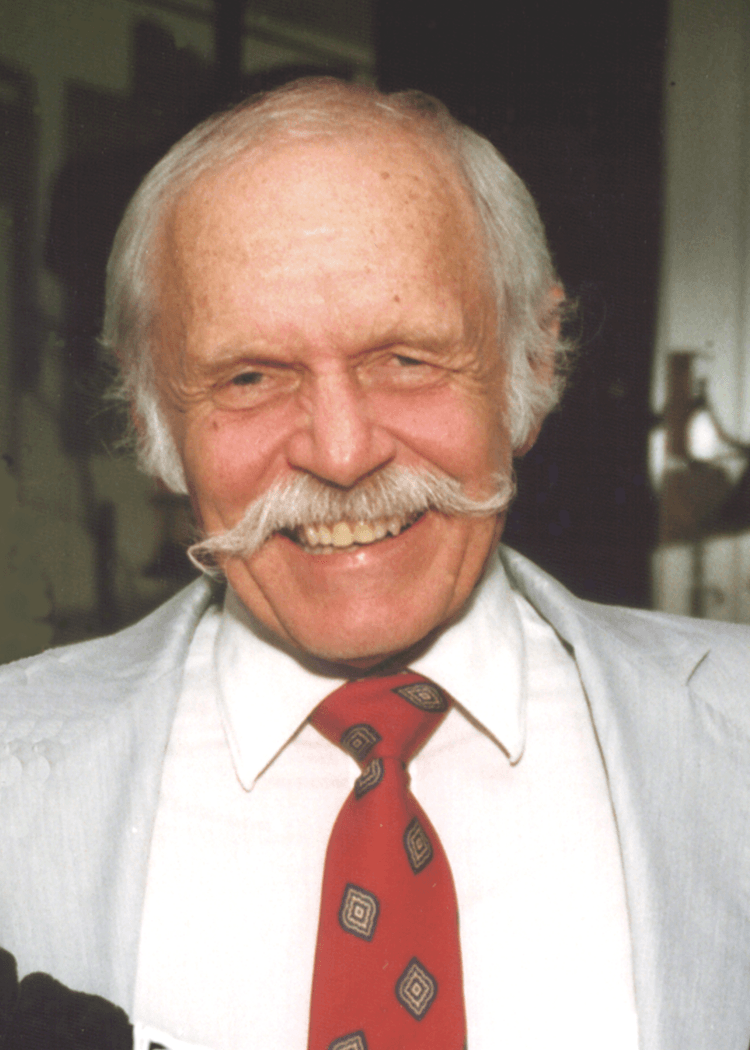
Hugo F. Bezdek, Ph.D.
1980-1997
Hugo Bezdek joined the Scripps Institution of Oceanography in 1970 following completion of a degree in physics. After four years of projects in underwater acoustics and air-sea transfer, he became a program manager at the Office of Naval Research (and ceased, he says, doing the actual work). In 1980, he moved to another administrative position as Director of AOML. “During the last few years,” he reports, “I have realized the error of my ways and have been struggling mightily to redress past sins and return to honest work once again. With the help of generous people such as my co-authors, perhaps such an eventuality is possible.”
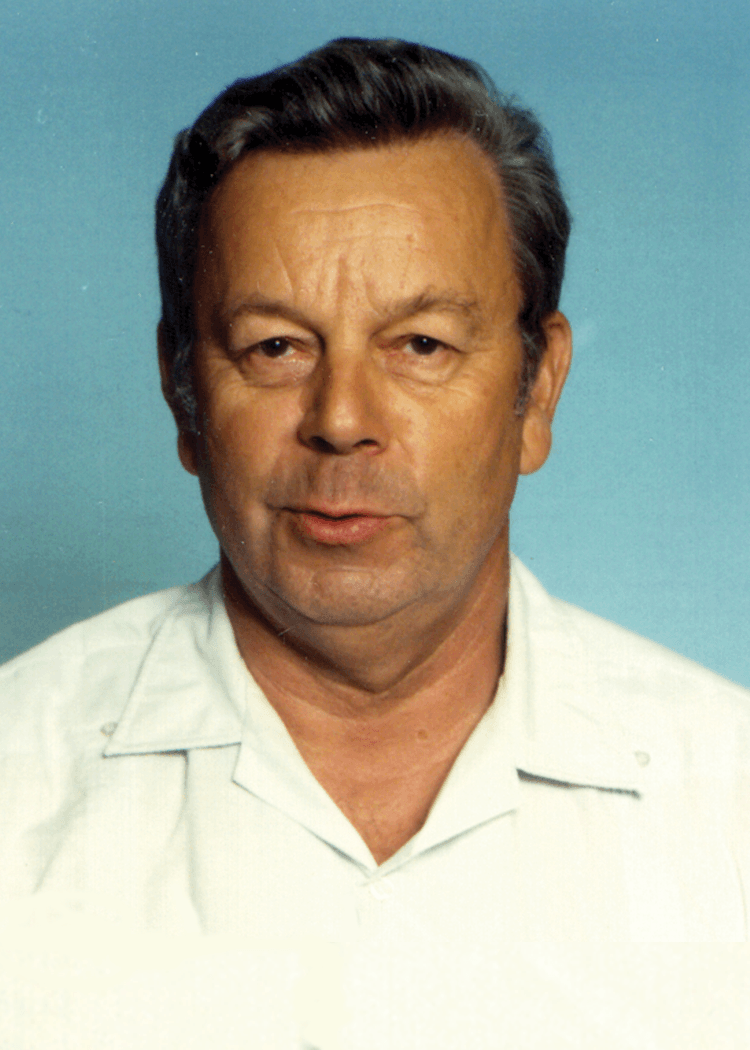
Donald V. Hansen, Ph.D.
1978-1980
Dr. Donald V. Hansen was born in Seattle, Washington in 1931. He received his Bachelor of Science in 1954 and his Master of Science in 1961, both in Physics. He carried on to receive his Ph.D. in Physics from The University of Washington in 1964, meanwhile serving with the US Army Reserve as a Meteorological Officer. He was an engineer with the Boeing Company in Seattle, a ninth-grade teacher, and then a graduate teaching assistant at the University of Washington. He relocated to Silver Spring, MD and then to Miami to serve as a Research Oceanographer with AOML under the Environmental Science Services Administration. His principal research was on the Western Boundary Currents of the North Atlantic. In 1970 Dr. Hansen was promoted to a supervisory role as Director of the Physical Oceanography Division. Under his leadership, the division grew from a staff of nine with a $250k budget to a staff of over 50 with a $2.5m budget.
In 1980, Dr. Hansen became Acting Director of AOML. His personal research was conducted to solve diverse problems of physical oceanography ranging from estuarine and coastal circulation and marine pollution problems, tides, deep ocean circulation, air-sea-interaction, and ocean observing technologies. He has served on several boards and committees as member, editor, and chair and was a fellow of AAAS, received awards from the NOAA Environmental Research Laboratories for Distinguished Scientific Authorship six times.
Our Founder
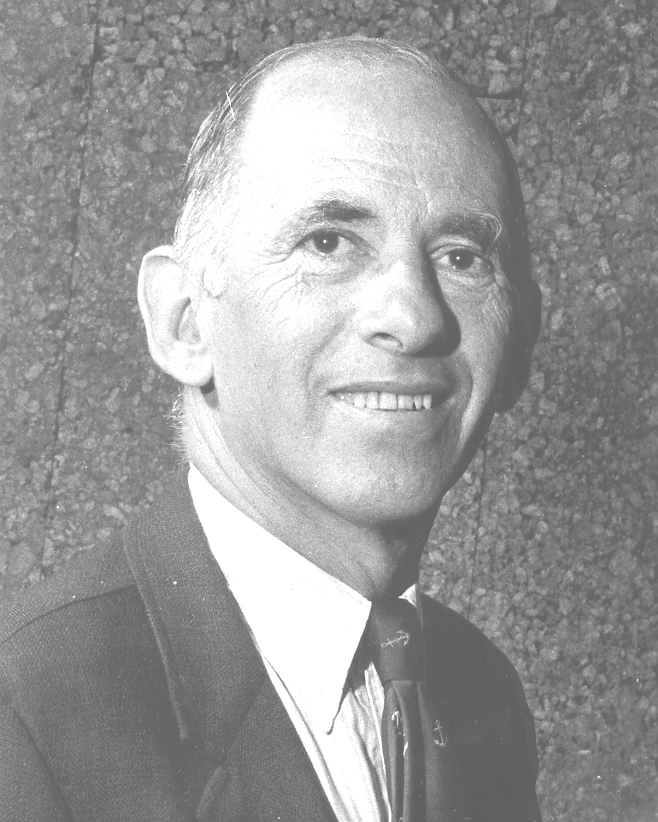
Harris B. Stewart, Ph.D.
Founder & First Director
1967-1978
Dr. Harris B. Stewart, Jr. was AOML’s much beloved founder and first director. Dr. Stewart, or “Stew” as many called him, leaves behind a remarkable career in marine science that spanned more than 40 years and a multitude of caring friends and colleagues.
“The depth of loyalty and respect of his friends was unbelievable, and it was true all the way back to his school days. Stew achieved the near impossible goal of being both a brilliant scientist and charismatic manager.”
-Jack Kofoed
Dr. Stewart served as director of AOML until October 1978, at which time he retired from federal service. He was a prolific writer, publishing over 120 scientific articles during his years as a marine scientist. He also authored 12 books with topics ranging from oceanography, poetry, to humor. Dr. Stewart is survived by daughter Dorothy Barrett, son Harry, brother John, and countless numbers of colleagues, admirers, and friends.
Milestones at AOML
-
2019
Bob Atlas retires from federal service. John Cortinas is appointed the Director of AOML. -
2013
The Ocean Chemistry Division is renamed the Ocean Chemistry & Ecosystems Division. -
2005
Robert Atlas becomes the AOML Director. -
2004
Peter Ortner becomes AOML’s Chief Scientist. Judith Gray is appointed Acting Director of AOML. -
2003
Kristina Katsaros retires from federal service. Peter Ortner is appointed the Acting Director of AOML.
-
2002
The Remote Sensing Division is absorbed into the Ocean Chemistry Division as the Acoustics Research Group.
-
2000
The Ocean Acoustics Division expands to include satellite remote sensing and is renamed the Remote Sensing Division. -
1998
AOML celebrates its 25th anniversary of operating out of its Virginia Key location. -
1997
Hugo Bezdek retires from federal service. Kristina Katsaros becomes the AOML Director.
-
1985
AOML’s Sea-Air Interaction Division is eliminated. -
1982
AOML’s Marine Geology and Geophysics Division is eliminated.
-
1981
All “Laboratories” within AOML are renamed “Divisions.” (The plural identification in AOML’s street sign still reflects this earlier designation.) An Ocean Acoustics Division is created within AOML. -
1980
Hugo Bezdek becomes the AOML Director.
-
1979
The National Hurricane Research Laboratory is once again transferred into AOML as the Hurricane Research Laboratory -
1978
Harris Stewart retires from federal service, the end of an era. Donald Hansen is appointed the Acting Director of AOML.
-
1976
The Ocean Remote Sensing Laboratory is eliminated and an Ocean Chemistry Laboratory is created at AOML. -
1973
AOML is relocated to a newly completed laboratory facility on Virginia Key. An Ocean Remote Sensing Laboratory with emphasis on satellite oceanography is created within AOML.
-
1972
The National Hurricane Research Laboratory is transferred out from association with AOML, but the “M” is retained in the name of AOML. -
1971
The Experimental Meteorology Laboratory is transferred out of AOML.
-
1968
Two meteorological groups, the National Hurricane Research Laboratory and the Experimental Meteorology Laboratory, are reorganized and incorporated into the Atlantic Oceanographic Laboratories, necessitating the name change to the Atlantic Oceanographic and Meteorological Laboratories (AOML). -
1967
The Silver Spring, Maryland laboratories of the Institute of Oceanography relocate to Miami, Florida with Harris Stewart. The “Institute” level of organization is abolished and the names of the Miami and Seattle-based groups are changed to the Atlantic Oceanographic Laboratories (AOL) and the Pacific Oceanographic Laboratories (POL).
-
1966
An Institute of Oceanography is created (Dr. Harris Stewart, Director) as one of four environmental research institutes of ESSA. It consists of five principal laboratories: Marine Geology and Geophysics; Physical Oceanography; Sea-Air Interaction (all in the Washington, D.C. area); the Joint Oceanographic Research Group in Seattle, Washington; and the Land and Sea Interaction Laboratory in Norfolk, Virginia. These groups consist of pre-existing research activities of the Coast and Geodetic Survey and the Weather Bureau. The Washington, D.C. laboratories of the Institute of Oceanography are soon relocated to Silver Spring, Maryland. -
1965
The Environmental Science Services Administration (ESSA, forerunner of NOAA) is created, consolidating the activities of the Coast and Geodetic Survey and the Weather Bureau.